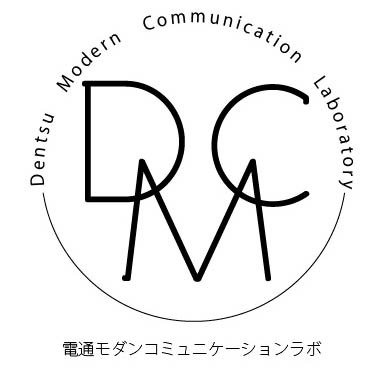A book for contemplating the next wave of communication.
This time, we'll look at "The Innovation Masters! 10 Talents for Building an Idea-Generating Company" by Tom Kelly & Jonathan Littman (Hayakawa Publishing).
The previous book, "The Design of Innovation," generously revealed the methodology of IDEO, the world's leading design firm, whose key figures have consulted on product design and customer service for many top companies like Apple and P&G. Though published in 2002, its content—covering thorough information gathering, effective brainstorming, and rapid prototyping—has been cited in numerous innovation books and has become a classic.
This book is the second installment. While some examples feel slightly dated since it was published in 2006, the core content remains highly relevant today.
Its core content identifies ten essential characters needed in teams that generate innovation. It then introduces the role each character plays, aligned with each step of the innovation process, using case studies.
<Information Gathering>
1 Anthropologist
2. The Experimenter
3. Pollen Carrier
<Laying the Groundwork>
4 Hurdler
5 Collaborator
6 Director
<Realizing Innovation>
7 Experience Designer
8 Set Designer
9 Caregiver
10 Storyteller
These are the 10 roles. Here, we'll introduce one representative character from each of the three steps of innovation.
First, the "Anthropologist." This is the character for the initial "information gathering" stage. They uncover latent needs that customers themselves are unaware of through "ethnography" and "behavioral observation."
For example, at IDEO, when developing new healthcare services, they might spend two full days in a hospital room alongside elderly patients. For developing healthy snacks, they might enter several ordinary households and meticulously observe their eating habits. Rather than gathering large amounts of statistical data, they form hypotheses by thoroughly immersing themselves with a limited number of customers.
Surveys and interviews, typically used to explore needs, only reveal needs that individuals are aware of and can articulate. As automobile pioneer Henry Ford famously said, "If I had asked customers what they wanted, they would have said faster horses." Indeed, the needs customers consciously recognize are merely extensions of the present. In today's world demanding innovations that break from the past and present, the role of the "anthropologist" is gaining increasing attention.
Here, it's crucial to grasp the key quality of an "anthropologist": possessing the humility to question one's own worldview. While "observation" might suggest objectivity or even a condescending perspective, the real focus is on immersing oneself in the other's world and how deeply one can empathize with their feelings.
Next, let's introduce the "hurdler." This character represents the "building the foundation" stage after gathering information. They understand that numerous obstacles are strewn across the path to realizing innovation and possess the know-how to overcome or sometimes navigate around these hurdles.
The employee featured in this book who invented "masking tape" at 3M decades ago is said to have overcome three hurdles.
The first hurdle was "Focus on your assigned work."
The second hurdle was "internal bureaucracy."
The third hurdle was "giving up after the first failure."
As a result, this employee, Richard Drew, ultimately generated billions of dollars in cumulative revenue for the company and is now spoken of as a legendary figure within it.
The difficult part of innovation isn't just coming up with ideas, but realizing them. Obstacles are inevitable when doing something new, so you can't achieve innovation without the toughness to leap over them effortlessly, as if you were a hurdler. It also emphasizes overcoming walls with resourcefulness, sometimes with the help of the fifth character, the "Collaborator."
And third, I'd like to introduce the "Experience Designer." This character represents the final stage in the innovation process: "Realizing." While many business books now discuss "experience design," I believe one of the original thinkers behind this concept was the author of this book, Tom Kelley.
Whether it's a product or a service, everything ultimately provides some kind of "experience" to the customer. This character constantly reviews every customer touchpoint from that perspective, seeking ways to transform ordinary experiences into extraordinary ones.
For example, the book introduces the ice cream chain "Cold Stone," which reportedly offers ice cream not just as a product, but as "the ultimate ice cream experience." From the variety of flavors and display methods to the "Cold Stone" stage where the actual mixing of flavors is performed as a show, it's filled with experiences designed to delight the observer.
While the term "customer journey" has recently become established, this book already proposed likening the entire customer experience to a "journey." By framing it as a journey, re-examining the customer experience fosters a perspective focused on transforming it into something extraordinary and moving that stimulates all five senses, leading to greater innovation.
We've introduced characters corresponding to the three steps: "Information Gathering → Foundation Building → Realization." But the book also features other fascinating characters for driving innovation, like the "Experimenter" who rapidly builds and tests prototypes, and the "Caregiver" who elevates experiences into care. I believe this is a timeless classic, so I highly recommend it to anyone who hasn't read it yet.




